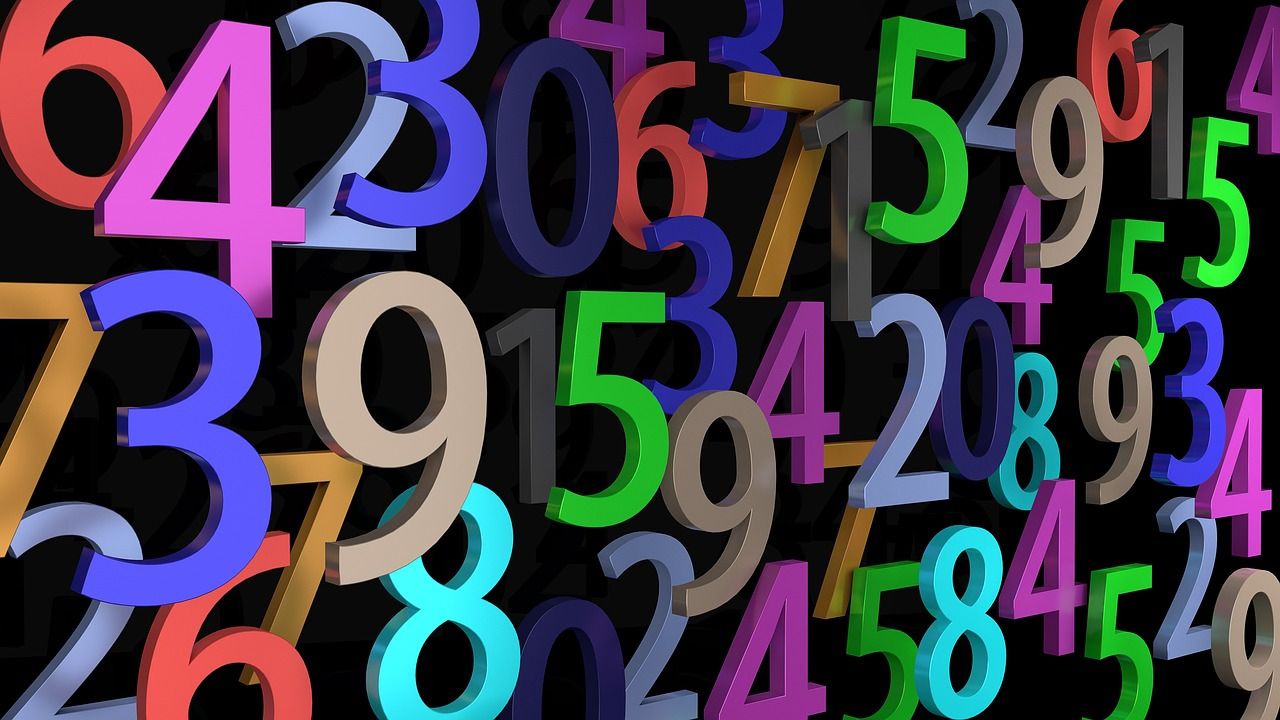Follow us on Google News (click on ☆)
Named M136279841 and calculated as the result of 2136279841 - 1 (don't even think about displaying it on your calculator), this numerical giant now joins the short list of the largest prime numbers ever recorded. But what does this discovery really mean?

Illustrative image from Pixabay
A prime number is an integer that can only be divided by 1 and by itself. Their distribution, beyond the scale of tens of millions of digits, makes them a subject of study for mathematicians.
Since ancient times, these mysterious numbers have fascinated scholars. Pioneers like Euclid demonstrated their infiniteness, and math geniuses like Euler pushed the exploration further, marking each discovery as a new frontier.
With the rise of computing, the search for these numbers took a major turn. Projects like the Great Internet Mersenne Prime Search (GIMPS) have gathered thousands of machines in a collaborative quest.
Luke Durant, an amateur mathematician and former Nvidia engineer, is behind this latest discovery. Thanks to an approach based on ultra-powerful computing chips, he was able to validate M136279841.
This number belongs to a special category: Mersenne primes. This type of number, represented as 2ⁿ−1, is easier to verify using techniques like the Lucas-Lehmer primality test.
To verify this discovery, Luke Durant mobilized computing centers using graphical processing units (GPUs) in several countries. This colossal calculation required unique international coordination.
Although large prime numbers have few practical applications, they remain important for certain cryptographic algorithms. One day, perhaps new innovations will find other uses for them.
What is a Mersenne prime?
A Mersenne prime is a number of the form 2ⁿ - 1, where n is a natural number. These numbers, discovered in the 17th century by Marin Mersenne, are special because they are more easily identifiable using computational methods, like the Lucas-Lehmer test, which verifies their primality.
These numbers have played a key role in the discovery of large prime numbers, especially thanks to the GIMPS collaborative project, which uses computing resources to perform these complex calculations.
Why are prime numbers essential in cryptography?
Prime numbers are essential in cryptography because they serve as the foundation for security algorithms. They enable the generation of unique keys used to secure digital exchanges, due to their difficulty in being factored, thus ensuring data confidentiality.
Modern cryptographic methods rely on equations involving prime numbers, such as RSA. This allows for the creation of secure encryption and decryption systems. The importance of these numbers continues to grow as technology and security needs evolve.